Roping in multiple celeb endorsers – An effective strategy or an overkill?
Multi-starrer movies have been thrilling fans for years and fans get full paisa vasool by seeing their favourite stars in one film. Celeb multi-starrer ad films, too, are not that uncommon. Instead of one celeb endorser, brands seek to increase the star power of their campaigns by bringing onboard multiple celeb endorsers. While in recent times we have seen more sportspersons being roped in by brands, there have been campaigns like Pepsi that had featured Shahrukh Khan, Kajol, Rani Mukherjee and a very young Shahid Kapoor together, asking for “Yeh dil maange more”.
The brand attraction that celeb endorsers create is a known fact. But having more than one celeb endorser in an ad – is it an overkill? Power couples like Ranveer Singh-Deepika Padukone, Virat Kohli-Anushka Sharma, Kareena Kapoor Khan-Saif Ali Khan and Ranbir Kapoor-Alia Bhatt have brought in a certain glamour and relatibility factor to brand campaigns due to their real life relationship. But having non-cricket sportspersons, who despite their achievements in their sports discipline unfortunately remain lesser known, onboard in brand campaigns – will it give brands the kind of ROI that they are looking at?
Nike wowed football lovers by bringing together legends like Eric Cantona, Thiery Henry and Ronaldinho for their global ad campaign, ‘The Cage’. The sports brand launched ‘Da Da Ding’ with Deepika Padukone and also featuring 8 women athletes such as hockey player Rani Rampal, footballer Jyoti Ann Burrett and cricketers Harmanpreet Kaur, Smriti Mandana and Shubhlakshmi Sharma. The catchy jingle caught the attention of the youth and the campaign ended u being a sports inspiration to India’s youth.
In its recent campaign, home appliances & consumer electronics company Haier rolled out a TVC titled ‘Silent Performers’, which features sportswomen like Dipa Karmakar, Hima Das and Simranjit Kaur. Created for Haier Direct Motion washing machine, the focus is on finding a common ground between the brand and the sportswomen’s dedication towards striving for perfection. Caffeine is the production house.
The TVC has been conceptualised and created by Famous Innovations and is showcased across all leading TV channels along with regional channels in Punjabi, Bengali, Marathi, Tamil, Telugu, Kannada ,Oriya and Hindi. They are also promoting the campaign through print and digital mediums.
When asked why Haier decided to associate with multiple sportswomen and not a Bollywood celeb, NS Satish, Senior Vice President, Sales & Marketing, Haier Appliances India, replied, “At Haier, we constantly understand the needs and evolving lifestyle of our consumers. The new Haier Washing Machine series is an innovative solution designed for customers that promises durability while making their lives easier and efficient. The TVC is created to highlight the achievements of our leading sportswomen who have brought so much pride to all Indians. It also tends to strongly connect with our customers and build a strong brand recall with them.”
Raj Kamble, Founder and CCO, Famous Innovations, added here, “We were working with a very simple yet innovative product – a washing machine that does what it does in the most efficient and silent way possible – and wanted to highlight this feature in a creative and an engaging way. Given how interesting the product was, we thought of creating a film that highlighted the achievements of some of the strong personalities in our sports industry today, who have silently strived for perfection in their respective fields and hence, inspired everyone around them. The film showcases the riveting lives of India’s leading sportswomen who, despite unimaginable challenges, achieved their goals and made impeccable records at the global stage.”
Satish further said that the brand also wanted to highlight these athletes and the humble backgrounds that they came from. “We did not want to pick up a sport like cricket as it is ‘over celebrated’ and a sport like hockey is a team sport. We wanted to highlight the individual struggles and achievements of these athletes,” he added.
Another sports brand, Puma, released their ‘Propah Lady’ campaign with Digitas India. The campaign focused on what makes women ‘proper’ and changing the conventional narrative through a fun and relatable narrative. The campaign garnered over 14 million views across platforms in the first 5 days of its release and has also motivated women to share more than 3,500 real stories on Instagram with the #PropahLady. The campaign created a buzz around the topic of what makes women proper. The campaign features the likes of Sara Ali Khan, Mary Kom, Dutee Chand and Anjali Lama. Catnip Culture was the production house.
Speaking to Adgully, Siddhi Desai, Creative Director, Digitas India, explained, “Puma is a brand that can impact world narrative and hence, we knew the responsibility while taking on this brief. We all agreed we wanted this campaign to live in the post-empowered universe, so we decided to represent all those women around us who are bringing a change in this world by normalising a way of life through their everyday choices. That being the starting point, we knew the first step was to shatter the very definition that had conditioned society for so long. Today, it’s out there. We are glad to see women being so proud of it and organically talking about it.”
Debosmita Majumder, Head of Marketing, Puma India, said, “From being told how to talk, think and act, to defining it for themselves, women have changed the meaning of being a ‘proper lady’ in their own individual style. This special campaign by Puma and our agency Digitas is an ode to all the women who have the gumption to live life on their own terms and write their own rules.”
Noble as the intentions are, strong as the concept is, the question that arises is – what is the ROI for the brand? For consumers who are increasingly looking for an experiential association with brands, do campaigns featuring multiple endorsers really create that connect?
Sharing his views, business strategist Lloyd Mathias said, “I’ve seen a couple of brands do this and I don’t really think it creates big benefits. I feel it is a way to cover up a lack of idea. Having multiple celebrities isn’t a great strategy. Personally, I’m not a big fan of such ads and it isn’t as effective. It just creates a kind of buzz because of the names involved, but overall I don’t think it creates a big impact. Until there is a strong idea behind creating the brand, getting big celebs doesn’t really help. This strategy works in an influencer way, where you have multiple influencers tweeting about this. This isn’t a really effective strategy otherwise.”
Agreeing with Mathias, communication consultant Karthik Srinivasan said, “The same strategy was adopted by BoAt Audio too. The very reason why a brand signs up a celebrity brand ambassador is to break through the clutter and get the attention of the target audience. The logic seems to be ‘more the better’. This might possibly create better visibility, but does it deliver on ROI? That is not clear. A film industry equivalent is a film like ‘War’, featuring both Tiger Shroff and Hrithik Roshan.”
Creative experts always stress on strong ideas and great storytelling to create engagement for a brand. Celeb endorsers lend their star power to create a brand pull. What matters the most is whether consumers can relate to the brand communication. Does it create an affinity for the brand amongst the consumers? As long as it tells a captivating story, the brand will do well – with or without celeb endorsers. Take for example, the very popular ‘Samsung customer service’ ad or the Vicks ‘Generations of care - #TouchofCare’ campaign. Both tell powerful, moving stories that remain in one’s mind and keeps the brand recall strong as well.



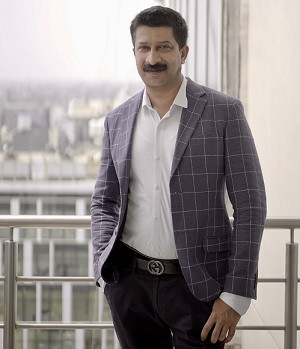

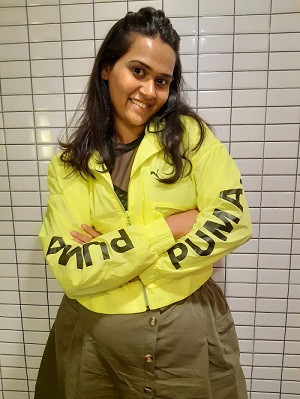
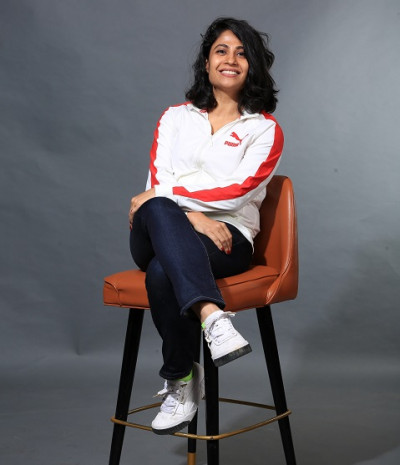
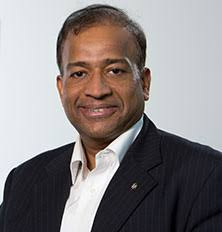




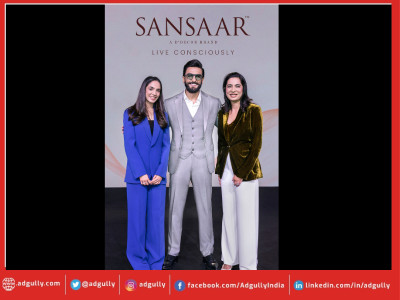
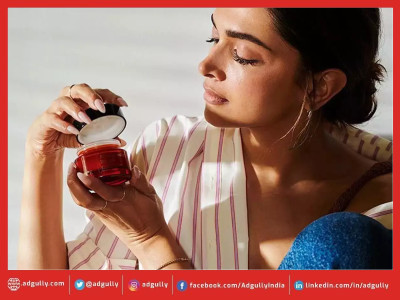



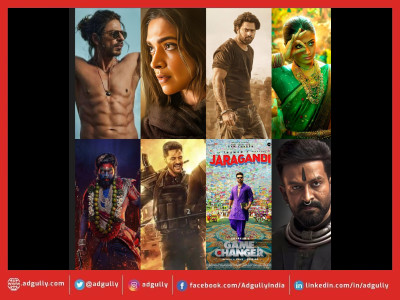
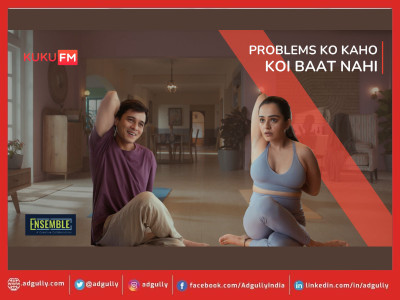
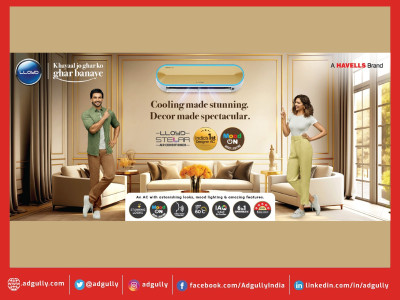


Share
Facebook
YouTube
Tweet
Twitter
LinkedIn